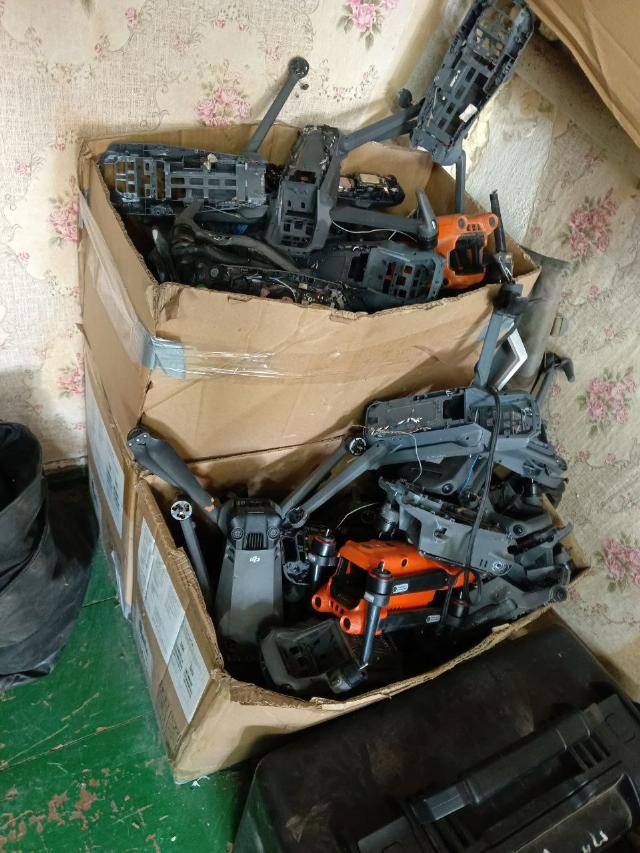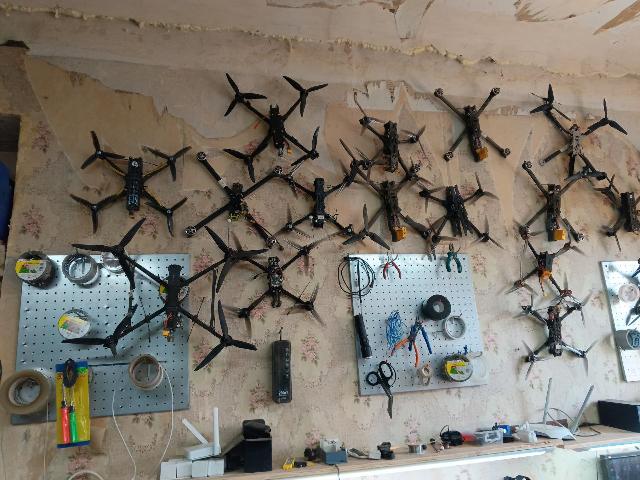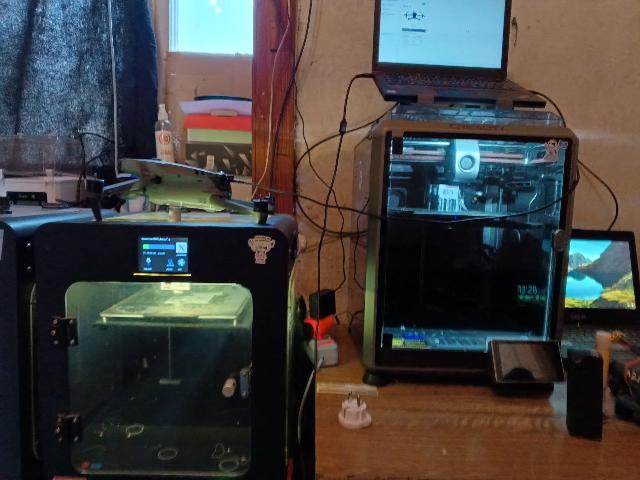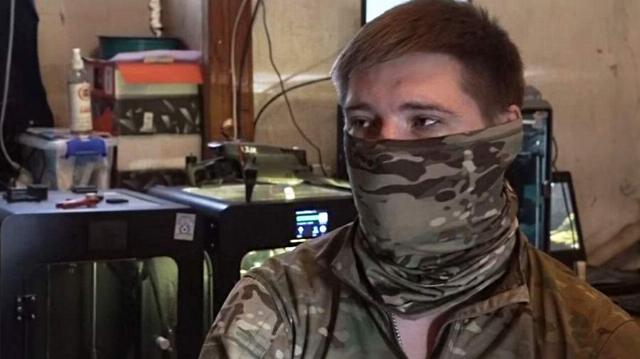During the special military operation, new weapons systems, in particular, unmanned aerial vehicles, came to the fore. The use of this technology in the military is widespread, while the direction is rapidly developing, requiring the organization of special units on the front line engaged in the repair, production and modernization of drones. Specialists of the reconnaissance unit of the Pacific Fleet Marine Corps unit from Kamchatka showed the Izvestia correspondent their drone laboratory.
During the special military operation, new weapons systems, in particular, unmanned aerial vehicles, came to the fore. The use of this technology in the military is widespread, while the direction is rapidly developing, requiring the organization of special units on the front line engaged in the repair, production and modernization of drones. Specialists of the reconnaissance unit of the Pacific Fleet Marine Corps unit from Kamchatka showed the Izvestia correspondent their drone laboratory.
Our Samsung
Marines create components for UAVs on 3D equipment around the clock, install firmware and refine equipment used in combat.
A junior sergeant with the call sign Samsung, an engineer of the Marine Corps intelligence unit, shows his laboratory.
— One workplace to collect storerooms, — he says. — Details are being sharpened, eroded. Another place to collect "waste products". Now we want to reduce the weight. A new shank will be printed to make it easier for the drone to carry it on itself.
Samsung shows a large number of spare parts, structural components for drones of different varieties and classes. There is everything here — from "brains" (motherboards) and motors to video cameras.

Image source: Photo: Press Service of the Ministry of Defense of the Russian Federation
— We have 3D printers that print "dumpers", - says the scout. — they are modular. They have one platform, and a separate component is already being fitted to it, which is designed for different ammunition.
According to him, the printers are working around the clock.
"We make three or four drones a day from scratch," Samsung explains. — This is enough for now, since ready-made UAVs are being received through humanitarian channels. There are also such devices that we are flashing. This is done so that the enemy cannot intercept them and the drone can cover as much distance as possible. This firmware disables GPS coordinates. That is, the coordinates are shifted in such a way that the "bird" cannot be detected.
Waiting for artificial intelligence
The scout draws attention to the fact that drones are developing very quickly now.
— The UAVs that are used now, for example, FPV drones, are technologically superior to those that were used at the initial stage of their development, Samsung clarifies.
According to the expert's forecasts, in six months or a year all UAVs will use artificial intelligence. This means that electronic warfare systems will not be a hindrance to them.
— Right during the flight, the UAV will change its frequencies, coordinates and become elusive. Everyone is waiting for an artificial intelligence that will change coordinates and frequencies automatically. But, it can be assumed that EW will switch to artificial intelligence. Is this possible? Time will tell," our interlocutor explains.

Image source: Photo: Press Service of the Ministry of Defense of the Russian Federation
He adds that our units now have "a lot of trophies." Our electronic warfare system works well, landing the enemy's "birds", "many pieces fall every day."
At the same time, he notices that the enemy is actively using our technology.
— They have different directions in different ways. Our firmware 1001, which was invented by Russian hackers, is already partially used by the enemy. But it is being upgraded all the time. The most important thing about a drone is not its warhead, but how it is programmed. A store drone, let's say, will not be suitable for combat work. It will be detected instantly," Samsung emphasizes.
Bulat is on guard
As it turned out, our interlocutor has been on his own since October 2022, respectively, the development of unmanned vehicles took place before his eyes.
— In general, analyzing the entire period, it should be noted that the number and quality of enemy drones has increased markedly. We are talking about both FPV-type UAVs and other varieties. But at the same time, it is almost impossible for them to overcome our Bulat system (drone detector. — Izvestia). Any drone emits waves. If it doesn't, he won't fly. And Bulat is designed to detect any frequency. Therefore, you can't run away from him," the soldier says.
It should be noted that the boy is quite young, but he thinks like a fully mature, seasoned, experienced person and a specialist. Before mobilization, he was engaged in the repair of telecommunications equipment.

Image source: Photo: Press Service of the Ministry of Defense of the Russian Federation
— In general, I was indirectly connected with the work I do here. Therefore, it did not take much time to integrate. They don't just end up here. What can be noted of the difficult moments? Probably modeling. We had one person who was engaged in such work. He is a design engineer by profession. When he left the unit, he had to develop these skills himself. Nothing, we managed," Samsung recalls.
He believes that ITS has become a real trigger for the powerful technological development of weapons systems and combat management. Samsung is confident that our country has made a huge leap in the development of intelligent weapons systems over the past year. Unmanned aerial vehicles occupy an important place among them.
Dmitry Korneev

